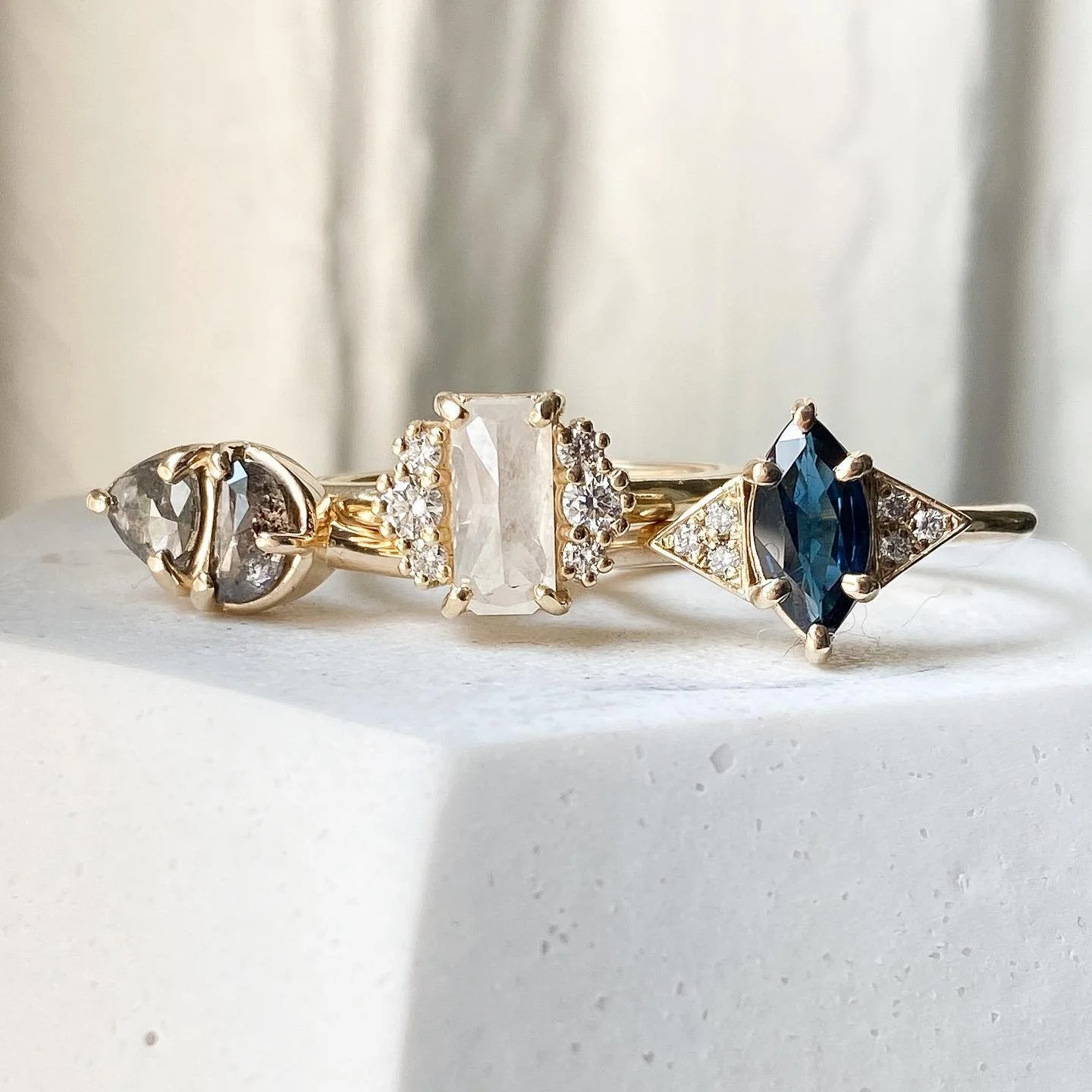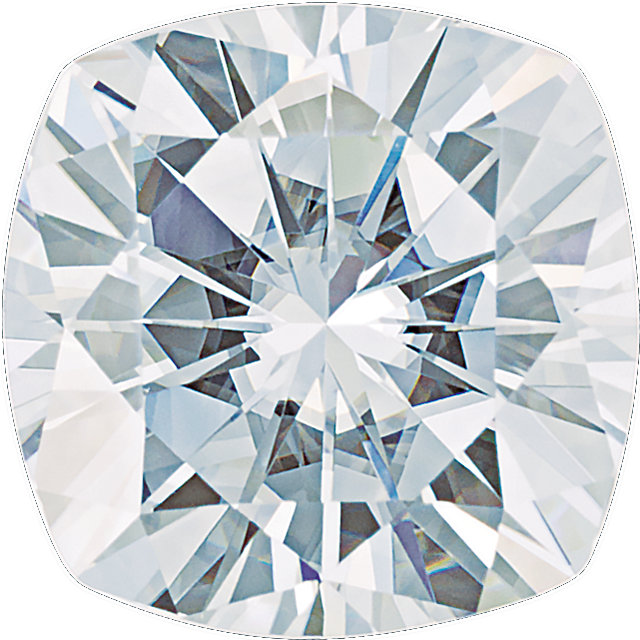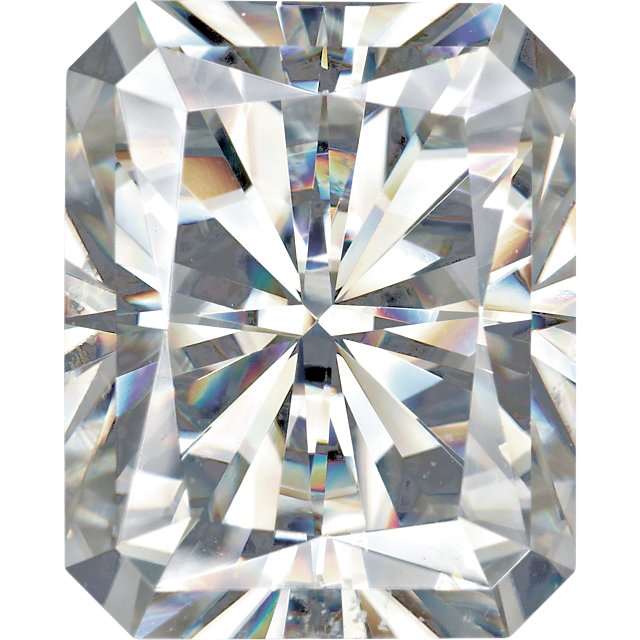alternative Stones
This page is for you if are like many others out there who want to wear something different, I call them alternative engagement rings. If for reasons, having a diamond, or at least a natural diamond, doesn't top your list, that is more than OK!
So, if you don't love diamonds then what are your options? Well, longevity becomes an important factor of the stone you choose. If I could borrow anything from the diamond when talking to my non-diamond clients it would be its hardness and toughness! Hardness means 'the ability to resist scratching' and toughness means how well a gemstone will wear ie: 'how much abuse it will take'. Some gemstones are brittle and can chip very easily like Emerald & Opal. A diamond's hardness is a 10 and is exponentially harder than the gemstones that rank 1-9 on the MOH'S Scale of Hardness so that is the characteristic you want to keep in mind when choosing your stone.
If you are embarking on the fun adventure of the custom design process then you should try for something that falls in the excellent, very good or good range for everyday wear. Those that fall outside of this range are of course wearable but may not hold up in an everyday ring or bracelet. Using them in a pair of earrings or a necklace would be a far better bet. Let me help you feel confident to make the best choice for you and your custom piece. In other words, I can help you choose wisely!
I have categorized all the options for you below to make it super easy to figure out what the best stone for alternative engagement rings and and what is not-so-desirable.
Best Stones for Engagement Rings
EXCELLENT
Earth-Mined Diamonds
Lab-Grown Diamond
VERY GOOD
Ruby
Sapphire
Lab-grown Ruby
Lab-grown Sapphire
Moissanite
GOOD
Topaz
Spinel
Alexandrite
Chrysoberyl
Lab-grown Emerald
BE CAUTIOUS
Opal
Pearl
Emerald
Aquamarine
Tourmaline












